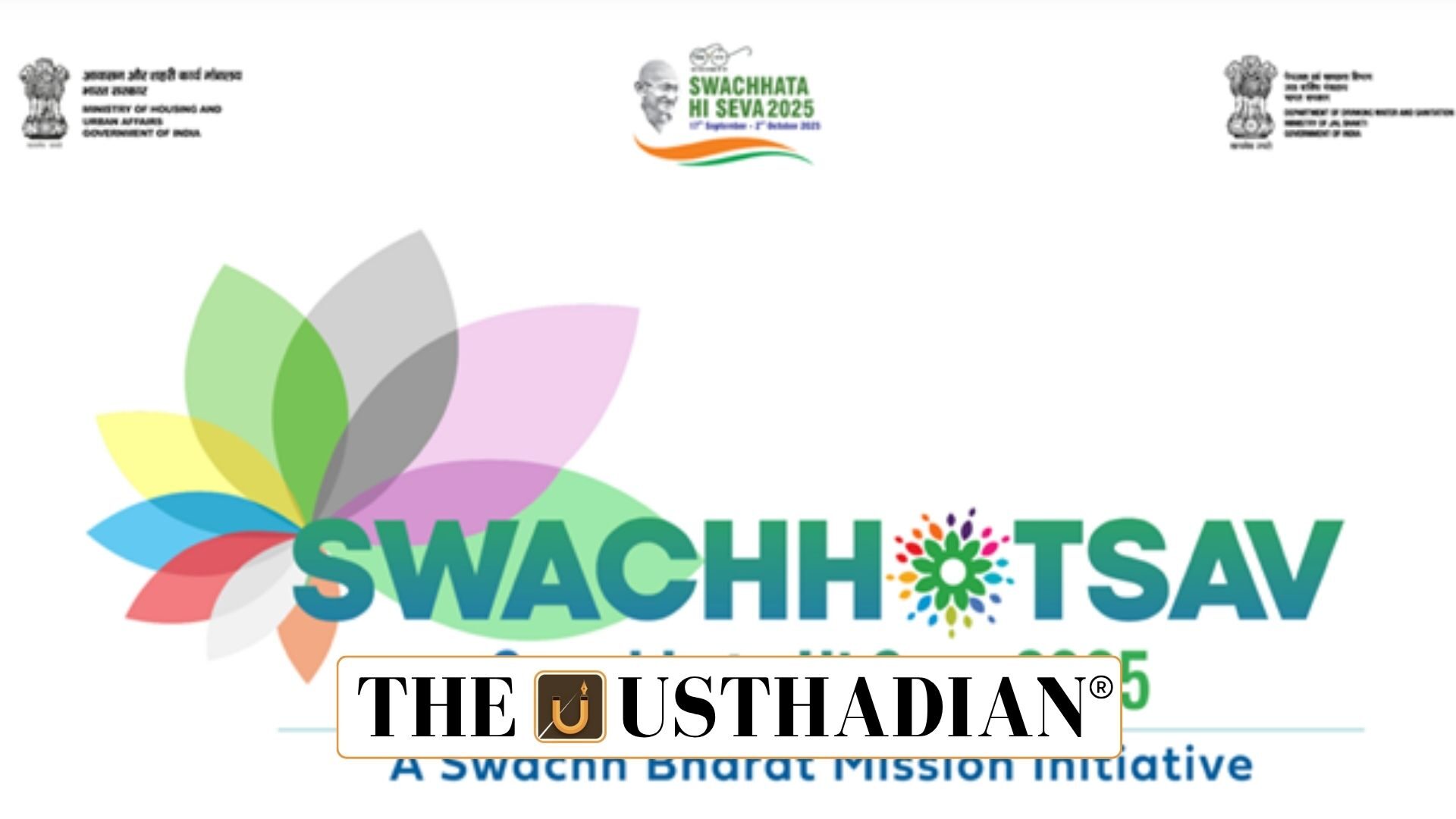Nationwide Movement
Swachhata Hi Seva 2025 Impact on Public Health and Environment: Swachhata Hi Seva (SHS), launched in 2017, is an annual cleanliness campaign culminating on 2nd October, Mahatma Gandhi’s birth anniversary. The 2025 edition, themed Swachhotsav, spans 15 days and engages citizens, government bodies, and civil society. The campaign emphasizes Antyodaya se Sarvodaya, uplifting marginalized communities and promoting last-mile inclusion in both rural and urban areas.
Static GK fact: India declared open defecation free status in 2019 under the Swachh Bharat Mission.
Shramdaan and Civic Participation
On 25th September 2025, the Ek Din, Ek Ghanta, Ek Saath Shramdaan mobilized millions for one hour of voluntary cleanliness work. Activities included plogging, waste segregation, and beautification of Cleanliness Target Units (CTUs). Political leaders, youth groups, NGOs, and sanitation workers actively participated, recognizing the essential role of sanitation workers in public health and dignity.
Static GK Tip: Shramdaan is derived from Sanskrit, meaning voluntary labor for social good.
Waste Management and Dumpsite Remediation
Urban waste processing has risen to over 81% in 2025, up from 16% in 2014. Key facilities include Material Recovery Facilities, composting units, and waste-to-energy plants. Dumpsite remediation has reclaimed 7,646 acres, treating 58% of legacy waste. Notable projects like Delhi’s Bhalswa landfill and Rajkot’s urban forest transform toxic landfills into green, productive spaces, enhancing urban livability.
Static GK fact: India produces over 1.4 lakh tonnes of municipal solid waste daily.
Government Ministries’ Engagement
Multiple ministries including Commerce & Industry, Agriculture & Farmers Welfare, Cooperation, Parliamentary Affairs, and Ports, Shipping & Waterways actively support SHS 2025. Initiatives range from cleanliness drives to health camps and eco-friendly programs, demonstrating policy translating into ground-level action and fostering a culture of cleanliness across sectors.
Impact and Success Stories
Over 12 crore toilets have been built nationwide, drastically reducing open defecation and improving women’s safety. Nearly 3 lakh children under five have been protected from sanitation-related diseases. States like Jammu & Kashmir, Assam, and Uttar Pradesh showcase innovative models. Amarnath Yatra 2025 achieved zero-landfill status. Assam’s women transformed invasive water hyacinth into sustainable handicrafts, while Agra converted a massive dumpsite into a green urban hub, integrating waste recycling with livelihood generation.
Static GK fact: The first toilet in India under Swachh Bharat Mission was inaugurated in 2014.
Cleanliness as a Cultural Movement
The Swachh Bharat Mission has evolved from a campaign to a cultural movement, redefining public health, environmental responsibility, and social dignity. SHS 2025 strengthens this legacy, embedding cleanliness as a permanent national value, and contributes to India’s vision of development by 2047.
Static Usthadian Current Affairs Table
Swachhata Hi Seva 2025 Impact on Public Health and Environment:
| Topic | Detail |
| Campaign Launch Year | 2017 |
| Duration 2025 | 15 days |
| Theme 2025 | Swachhotsav |
| Key Activities | Shramdaan, plogging, waste segregation |
| Toilets Built | Over 12 crore |
| Urban Waste Processed | Over 81% |
| Dumpsite Reclaimed | 7,646 acres |
| Notable Projects | Bhalswa landfill, Rajkot urban forest |
| Protected Children | Nearly 3 lakh under five |
| Cultural Impact | Cleanliness embedded as national value |








